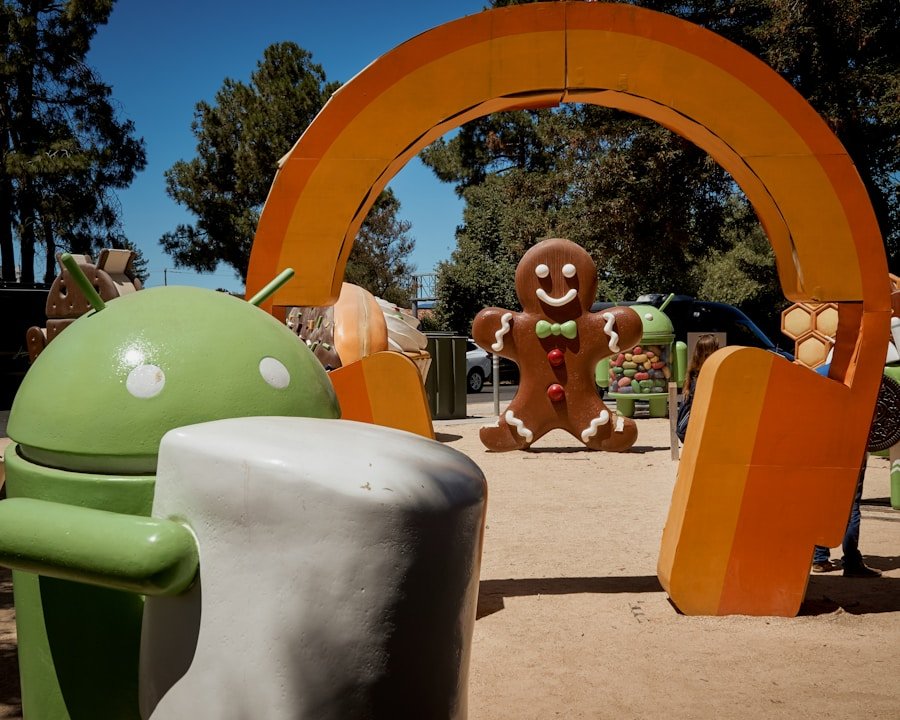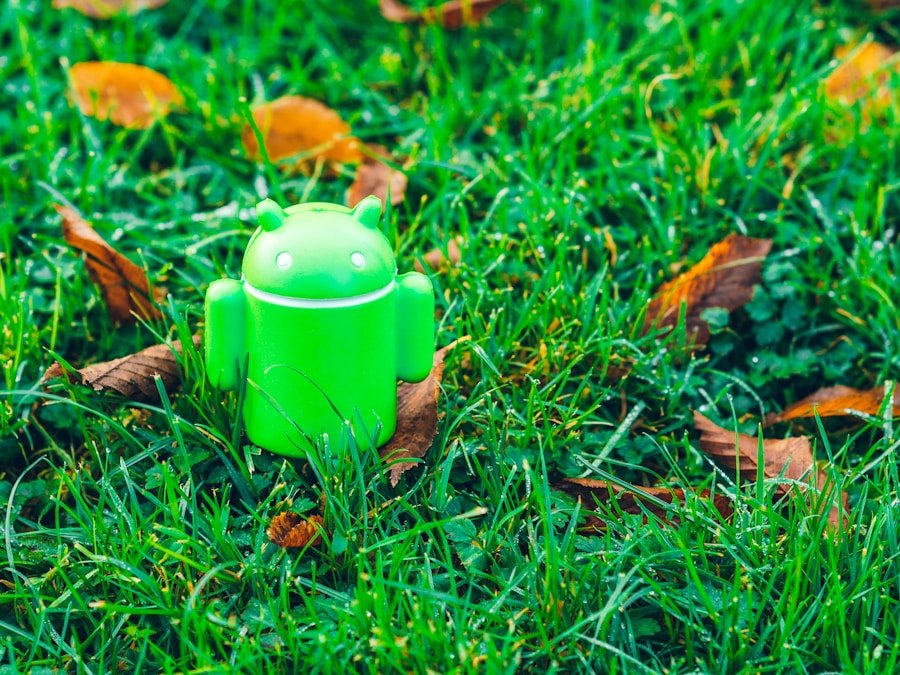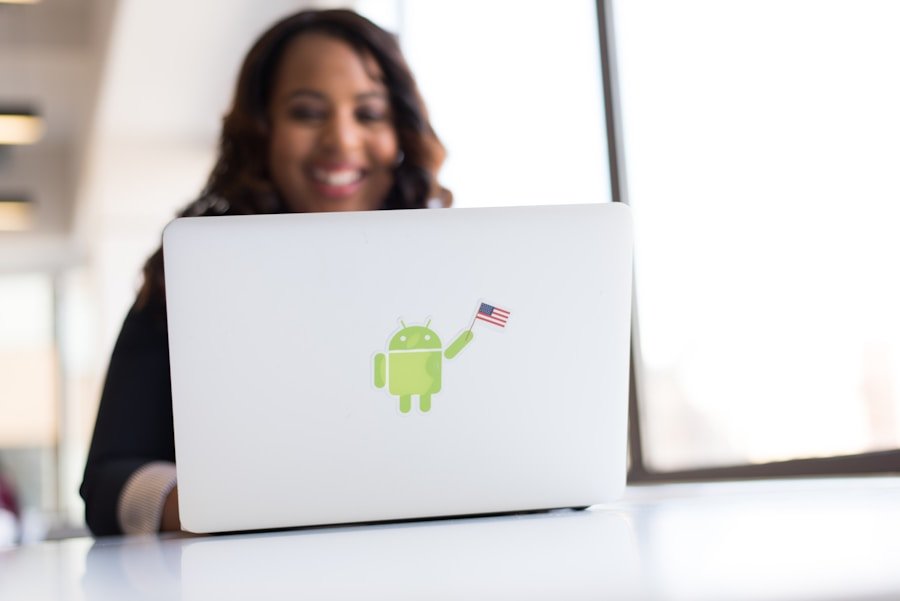Transferring contacts from one Android device to another is a common task that many users face, especially when upgrading to a new phone or switching devices. The process can seem daunting at first, particularly for those who are not tech-savvy. However, with the right methods and tools, transferring contacts can be a straightforward and efficient process.
Contacts are often one of the most critical pieces of data on a smartphone, as they contain essential information about friends, family, colleagues, and business associates. Losing this data during a transition can lead to significant inconvenience and frustration. Fortunately, Android devices offer several methods for transferring contacts, each with its own advantages and disadvantages.
Users can choose from options such as utilizing a Google account, employing a SIM card, leveraging third-party applications, or even using a computer. Each method caters to different user preferences and technical capabilities, ensuring that there is a suitable solution for everyone. Understanding these various methods can empower users to make informed decisions about how best to transfer their contacts seamlessly.
Key Takeaways
- Transferring contacts from one Android device to another is a common need when upgrading or changing phones.
- Using a Google account is a simple and effective way to transfer contacts, as it automatically syncs contacts across devices.
- Transferring contacts using a SIM card is a traditional method, but it may not be suitable for transferring a large number of contacts.
- Third-party apps can provide additional features and flexibility for transferring contacts, but users should be cautious about privacy and security.
- Transferring contacts using a computer can be a reliable method, especially for users who prefer managing their contacts on a larger screen.
- To ensure successful transfer of contacts, it’s important to back up contacts before transferring, double-check the transfer process, and verify that all contacts have been successfully transferred to the new device.
Using Google account to transfer contacts
Backing Up Contacts to Google Account
To begin the process, users must first ensure that their contacts are backed up to their Google account on the old device. This can typically be done by navigating to the “Settings” app, selecting “Accounts,” and then choosing the Google account in question. From there, users should enable the synchronization option for contacts.
Setting Up Google Account on New Device
Once the contacts are synced to the Google account, the next step is to set up the same Google account on the new Android device. After logging in, users should navigate to the “Settings” app again and ensure that contact synchronization is enabled. This will automatically download all contacts stored in the Google account to the new device.
Benefits of Google Account Method
This method not only simplifies the transfer process but also provides an ongoing backup solution for future use. Users can access their contacts from any device with internet connectivity, making it a highly flexible option.
Using a SIM card to transfer contacts

Another method for transferring contacts between Android devices is by using a SIM card. This approach is particularly useful for users who may not have access to Wi-Fi or prefer not to use cloud services. The process begins with inserting the SIM card from the old device into the new one.
Before doing this, however, it is essential to ensure that all contacts are saved to the SIM card on the old device. This can be accomplished by going into the “Contacts” app, selecting the option to export or copy contacts, and choosing the SIM card as the destination. Once the SIM card is inserted into the new device, users can import the contacts stored on it.
This is typically done by accessing the “Contacts” app on the new phone, navigating to settings or options, and selecting “Import from SIM card.” While this method is straightforward and does not require an internet connection, it does have limitations. For instance, SIM cards often have a maximum capacity for storing contacts, which may restrict users with extensive contact lists. Additionally, certain details such as email addresses or additional phone numbers may not be transferred if they were not saved directly to the SIM card.
Using a third-party app to transfer contacts
| Third-Party App | Number of Downloads | User Ratings | Transfer Speed |
|---|---|---|---|
| App A | 5 million | 4.5/5 | Fast |
| App B | 3.5 million | 4.2/5 | Medium |
| App C | 2 million | 4.0/5 | Slow |
For those seeking more advanced options or additional features when transferring contacts, third-party applications can be an excellent solution. Numerous apps are available on the Google Play Store designed specifically for transferring contacts between devices. These applications often provide user-friendly interfaces and additional functionalities that can enhance the transfer experience.
Popular choices include apps like “My Contacts Backup,” “Contacts+,” and “ShareIt,” each offering unique features tailored to different user needs. Using a third-party app typically involves downloading the chosen application on both devices and following the prompts provided within the app. Many of these applications allow users to transfer not only contacts but also other types of data such as messages, photos, and files.
Some apps utilize Wi-Fi Direct technology for faster transfers without needing an internet connection, while others may offer cloud-based solutions for added convenience. However, users should exercise caution when selecting third-party applications; it is crucial to read reviews and ensure that the app has a good reputation for security and reliability.
Using a computer to transfer contacts
Transferring contacts via a computer is another viable option for users who prefer a more traditional approach or need to manage large amounts of data. This method typically involves connecting both Android devices to a computer using USB cables and utilizing software designed for data management. One popular software option is Android File Transfer for Mac users or Samsung Smart Switch for Samsung devices, which allows users to manage their phone data easily.
To begin this process, users must first connect their old Android device to the computer and enable file transfer mode in the device’s settings. Once connected, users can access their contacts through various file management options or by exporting them directly from their contact management software. After exporting the contacts as a VCF (vCard) file or CSV (Comma-Separated Values) file, users can then disconnect the old device and connect the new one.
The final step involves importing the saved contact file into the new device’s contact management system. This method provides greater control over what data is transferred and allows users to back up their contacts in multiple formats.
Tips for ensuring successful transfer of contacts

To ensure a successful transfer of contacts between Android devices, several best practices can be followed. First and foremost, it is essential to back up all important data before initiating any transfer process. This precautionary step protects against potential data loss during the transition and provides peace of mind for users who may be concerned about losing valuable information.
Additionally, users should verify that both devices are fully charged before starting the transfer process. A low battery can lead to interruptions that may compromise data integrity or result in incomplete transfers. Furthermore, ensuring that both devices are updated with the latest software versions can help avoid compatibility issues that might arise during the transfer.
Lastly, it is advisable to double-check that all desired contacts have been successfully transferred after completing any method of transfer.
Users should take a moment to review their contact lists on the new device and confirm that all necessary information has been accurately migrated. If any discrepancies are found, users can revisit their chosen method or explore alternative options to ensure that no important contacts are left behind.By following these tips and understanding the various methods available for transferring contacts between Android devices, users can navigate this process with confidence and ease. Whether opting for cloud-based solutions like Google accounts or more traditional methods such as SIM cards or computer transfers, there is a suitable approach for every user’s needs and preferences.
FAQs
What are the different methods to transfer contacts from Android to Android?
There are several methods to transfer contacts from one Android device to another, including using Google account sync, using a SIM card, using a third-party app, or using Bluetooth.
How to transfer contacts using Google account sync?
To transfer contacts using Google account sync, you can go to the “Settings” on your old Android device, tap on “Accounts,” select “Google,” and then turn on the “Contacts” sync option. After that, sign in to the same Google account on your new Android device, and the contacts will be automatically synced.
Can contacts be transferred using a SIM card?
Yes, contacts can be transferred using a SIM card. You can export contacts to the SIM card on your old Android device, insert the SIM card into your new Android device, and then import the contacts from the SIM card.
Are there any third-party apps that can help with transferring contacts?
Yes, there are several third-party apps available on the Google Play Store that can help with transferring contacts from one Android device to another. Some popular apps include “My Contacts Backup,” “Copy My Data,” and “Super Backup & Restore.”
Is it possible to transfer contacts using Bluetooth?
Yes, it is possible to transfer contacts using Bluetooth. You can pair the two Android devices via Bluetooth, select the contacts you want to transfer, and then send them to the new device. However, this method may be more time-consuming for a large number of contacts.
